#grains supplier & exporter india
Explore tagged Tumblr posts
Text
Leading Exporter & Supplier of Green Millets, Sorghum Seed, Indian Millets, Roasted Gram, and Makhana Foxnut – Quality You Can Trust!
Are you searching for premium-quality agricultural products? Look no further! At Greenx Industries, we are proud to be a trusted exporter, supplier, trader, and wholesaler of a diverse range of high-quality agricultural products. Our offerings include:
🌾 Green Millets – Nutritious and versatile, perfect for various culinary uses.
🌱 Sorghum Seed – A highly valued crop known for its nutritional benefits and adaptability.
🌾 Indian Millets – A collection of the finest millets, including Pearl Millet, Finger Millet, and more.
🥜 Roasted Gram – Enjoy our carefully roasted grams, available as whole or split, offering a crunchy and healthy snack option.
🌰 Makhana (Foxnut) – A superfood known for its health benefits, ideal for snacking and cooking.
At Greenx Industries, we operate from a state-of-the-art facility in Rajkot, Gujarat, ensuring that our products meet the highest quality standards. Our advanced automatic machinery, combined with a skilled workforce, allows us to deliver products that exceed our customers' expectations.
We have been in the global trade business since 2017, and our commitment to quality and customer satisfaction has made us a preferred partner for businesses worldwide.
🚚 Looking to source these premium products for your business? Contact us today to explore our product range and learn more about how we can meet your needs. Visit our website at greenxindustries.com or get in touch with us directly.
#food export#grain export#millets supplier#roasted gram#Millets#Sorghum#RoastedGram#Makhana#Superfoods#Agriculture#Export#India
2 notes
·
View notes
Text
#Natural Food#Organic Foods#Supplier#Exporter#Gujarat#India#vegetables#dehydrated fruits#spices#herbs#grains#pulses
1 note
·
View note
Text

#Natural Grains#Organic Grains#Grains#Wheat#Barley#Oats#Quinoa#Sorghum#supplier#Exporter#Maharashtra#India#Mumbai#India export data of Grains#Grains export data
0 notes
Text
#Sweet Corn#Supplier#India#Fresh Corn#Exporter#Madhya Pradesh#Fresh Sweet Corn#Sweet Corn Exporter#Manufacturers#Producers#traders#dealers#Maharaja Builders#Baby Corn#Yellow Maize#Sabut Makka Grain#Raw Makkai
0 notes
Text
0 notes
Text
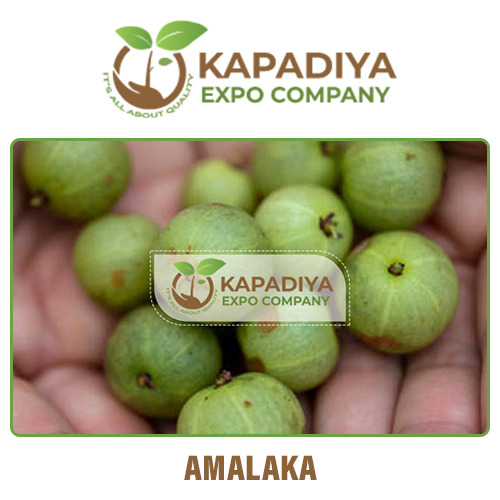


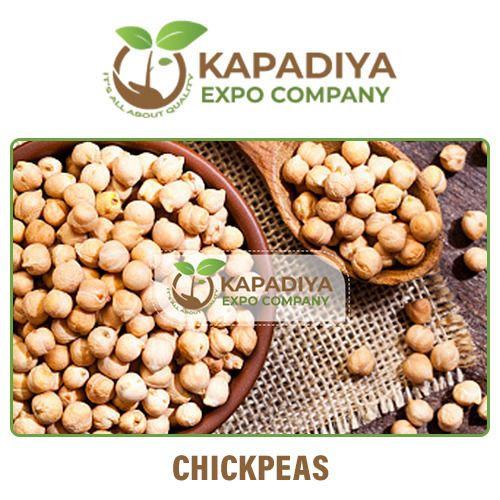

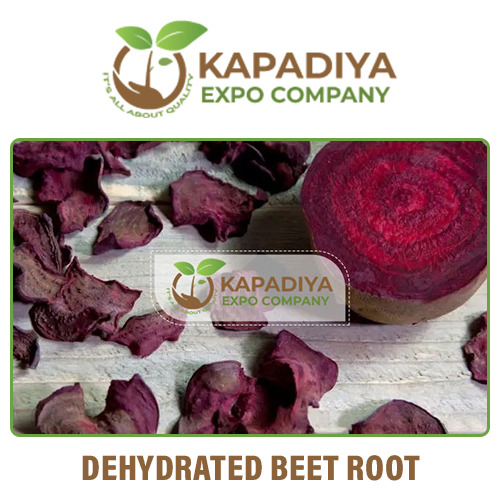
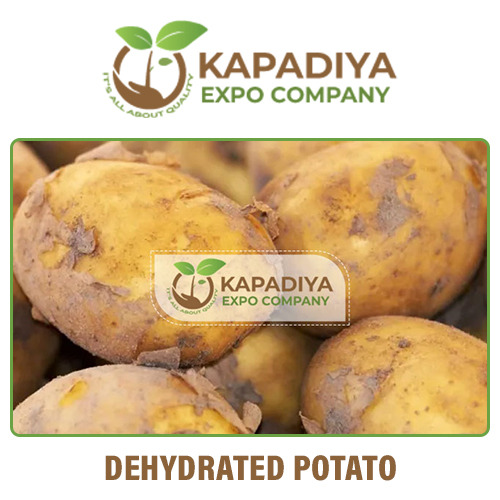

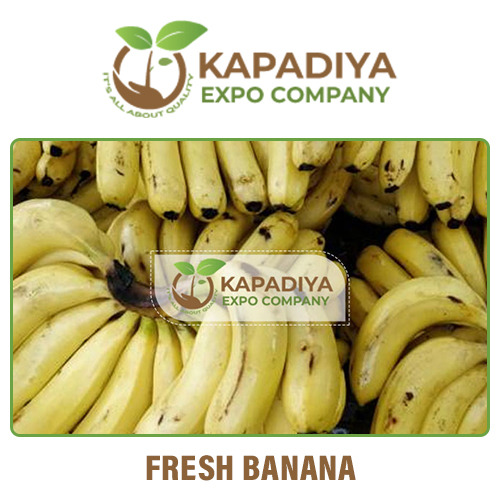

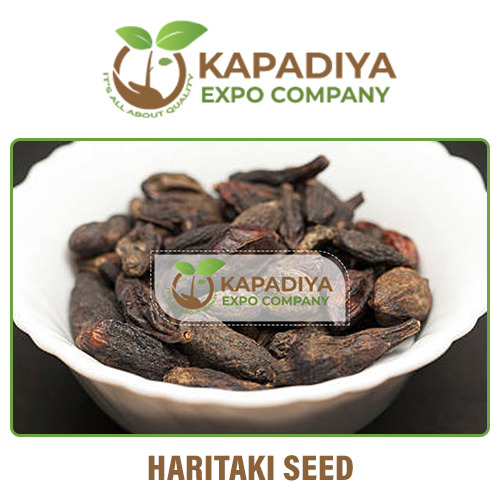
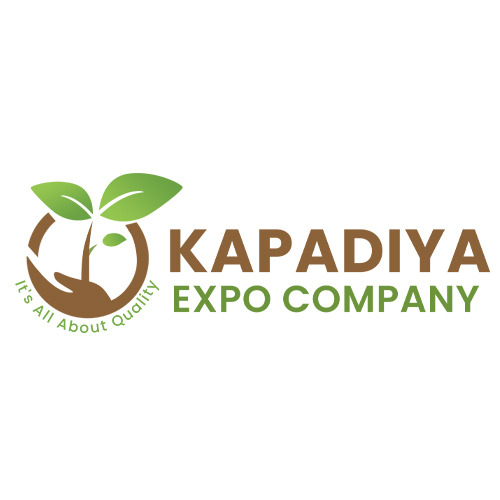
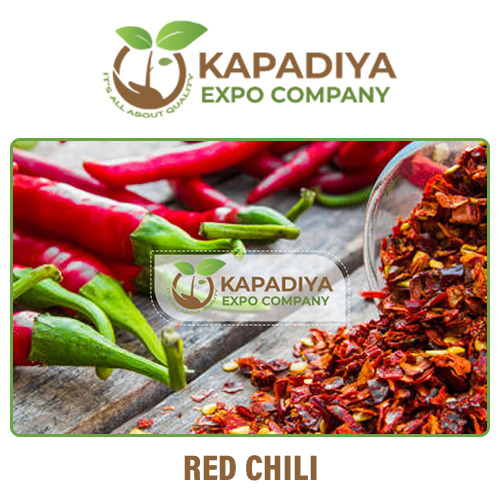






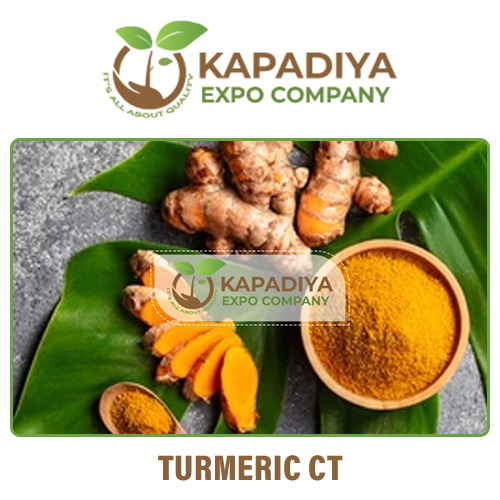
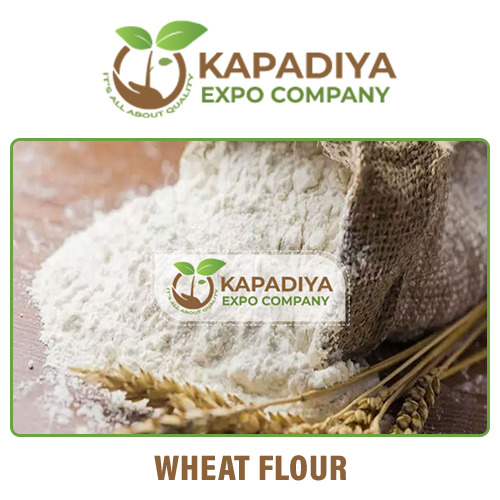
#dehydrated vegetables supplier & exporter india#spray dried fruits supplier & exporter india#fresh vegetables & fruits supplier & exporter india#pulses supplier & exporter india#grains supplier & exporter india#oil seeds supplier & exporter india
0 notes
Text
Natural Wheat Exporters in Madhya Pradesh, India | Wheat Grain Suppliers in Madhya Pradesh, India || Seven Seas Trade
Seven Seas Trade exports 100% trustable exporter of Yellow Maize in Madhya Pradesh, India. Our company is the world's largest Maize exporter and supplier across India.
#Natural Wheat Exporters in Madhya Pradesh#India#Wheat Grain Suppliers in Madhya Pradesh#Seven Seas Trade
0 notes
Text
Natural Spices, Organic Grains, Fresh Vegetables, 1121 Basmati Rice and Fresh Groundnuts Exporters and Suppliers in Gujarat, India

AFIC GROUP Import and Export is the leading supplier and exporter of Organic Spices, Natural Grains, Fresh Vegetables, 1121 Basmati Rice, and Groundnuts in Gujarat, India. AFIC GROUP is known for its quality products.
#Natural Spices#Organic Grains#Fresh Vegetables#1121 Basmati Rice and Fresh Groundnuts Exporters#Suppliers in Gujarat#India
1 note
·
View note
Text
Storage Solution Providers in India - Bhupati Engineering
Bhupati Engineering is committed to providing high-quality products and services to its customers at competitive prices. The company's products and services are used by a wide range of industries in India, including agriculture, food processing, chemicals, and storage solution providers. Bhupati Engineering is dedicated to providing sustainable solutions that meet the needs of its customers and the environment.
#Storage Solution Providers#Agricultural Storage Tanks#Material Handling Equipment Manufacturers & Suppliers#Grain Storage Silo Manufacturers#Industrial Material Handling Equipment#Conveyor Manufacturing Companies#Conveyor Belt Manufacturers In India#Vertical Bucket Elevator Manufacturers#Liquid Storage Tank Manufacturers#Storage Solutions Companies In India#Flat Bottom Silos#Grain Storage System Equipment#Turnkey Project Solutions#Water Storage Solutions#Flat Bottom Silos Manufacturers#Hopper Bottom Silos Manufacturers#Zincalume Water Storage Tank Manufacturers#Underground Water Tank Manufacturers#Underground Tank Exporters#Agricultural Water Tank Manufacturers & Suppliers#Irrigation Water Tank Manufacturers#Overhead Water Tank Manufacturers & Exporters#Storage Tank Manufacturers & Suppliers#Water Storage Tanks Manufacturers#Exporters#Drinking Water Storage Tank Exporters#Rain Water Storage Tank Manufacturers#Rain Water Harvesting Tanks Exporters#Zincalume Water Tank Manufacturers#Zincalume Water Storage Tanks Exporters
1 note
·
View note
Text

Wheat Grain Exporters in Rajkot, Gujarat | Organic Wheat Suppliers in India
#Wheat Grain Exporters in Rajkot#Wheat Grain Exporters in gujarat#Wheat Grain Exporters in india#Organic Wheat Suppliers in India#Organic Wheat Suppliers in gujarat
0 notes
Link
Empire Basmati Rice Exporter and Suppliers in India
Empire Basmati Rice
We are into processing and export of minimal fat & sugar and cholesterol free Empire Basmati Rice.
Empire Rice is today one of the world's most admired Basmati Rice. The recently launched Empire rice has as such made a big name for itself and is being preferred today all over the world by all health conscious people. The distribution of Empire Basmati Rice would now help uplift the health condition of our consumers .Understandably , Empire Rice helps in improving the cardiovascular health.
Especially grown paddy that is aged for two years and then exclusively treated and processed in a way to evidently make it the healthiest available rice in the market.
The taste, odor , palatability and digestibility of Empire Basmati Rice is incredibly par-excellent .Well , you have to consume to believe it!!
Indian Basmati Rice Manufacturer
Indian Crystal Sugar Suppliers
Indian Tea Exporter
Soyabean Meal
Indian Pluses
Wheat Exporter from India
#largest exporter of wheat in india#wheat exporters in india#grain exporters in india#indian basmati rice supplier
0 notes
Text
In Eastern Europe, for instance, the number of people living in cities declined by almost one-third during the seventeenth century, as the region became an agrarian serf-economy exporting cheap grain and timber to Western Europe. At the same time, Spanish and Portuguese colonizers were transforming the American continents into suppliers of precious metals and agricultural goods, with urban manufacturing suppressed by the state. When the capitalist world-system expanded into Africa in the eighteenth and nineteenth centuries, imports of British cloth and steel destroyed Indigenous textile production and iron smelting, while Africans were instead made to specialize in palm oil, peanuts, and other cheap cash crops produced with enslaved labor. India—once the great manufacturing hub of the world—suffered a similar fate after colonization by Britain in 1757. By 1840, British colonizers boasted that they had “succeeded in converting India from a manufacturing country into a country exporting raw produce.” Much the same story unfolded in China after it was forced to open its domestic economy to capitalist trade during the British invasion of 1839–42. According to historians, the influx of European textiles, soap, and other manufactured goods “destroyed rural handicraft industries in the villages, causing unemployment and hardship for the Chinese peasantry.”
Jason Hickel and Dylan Sullivan, Capitalism, Global Poverty, and the Case for Democratic Socialism
104 notes
·
View notes
Text
How Indian rice manufacturers are shaping the global market

Indian rice has long held a place of pride in global kitchens, from the aromatic basmati grains that grace royal banquets to the nutritious non-basmati varieties that make up everyday meals worldwide. India is the world’s largest rice exporter, meeting over 40% of global rice demand (Source: FAO). Behind this success is the dedication and innovation of rice manufacturers in India, who are constantly adapting to meet international standards and market needs.
In this blog, we explore how Indian rice manufacturers are shaping the global market, promoting sustainability and securing India’s position as a rice exporting powerhouse.
Key factors driving Indian rice exports
Quality and Variety Rice manufacturers offer a diverse range of rice, from aromatic basmati to versatile non-basmati rice varieties. Each variety caters to different cuisines and preferences, ensuring steady demand in countries such as the United States, the Middle East, and Africa.
Competitive Pricing India's favorable agricultural conditions and cost-effective manufacturing processes enable competitive pricing. Combined with bulk export capabilities, this ensures that India remains a preferred supplier for global buyers.
Government policies and support Supportive government policies such as export incentives and trade agreements have contributed significantly to India's global dominance. For example, the recent removal of export restrictions on certain Indian rice varieties has boosted international trade opportunities.
Technological advances in rice manufacturing
Technology is transforming rice production in India, increasing efficiency and quality while reducing waste.
Modern milling equipment: Automated milling units maintain uniform grain size, texture and polish, which are critical to meeting international quality standards.
AI-powered sorting: Advanced sorting systems powered by artificial intelligence help eliminate impurities, ensuring that premium-grade rice reaches global markets.
Packaging innovations: Innovative vacuum-sealing and biodegradable packaging materials have made Indian rice more attractive to environmentally conscious buyers.
Rice manufacturers in India are adopting these advancements to maintain their competitive edge while meeting global priorities.
Sustainability initiatives by Indian manufacturers
As environmental concerns grow, rice exporters in India are adopting sustainable practices to meet global expectations.
Water-efficient farming: Techniques such as alternate wetting and drying (AWD) reduce water consumption, which is crucial for regions facing water scarcity.
Low carbon footprint: Adoption of renewable energy in processing units and adoption of eco-friendly logistics have reduced emissions in the rice supply chain.
Waste Utilization: By-products such as rice husk are being reused for bioenergy and building materials, thereby reducing waste and generating additional revenue streams.
These initiatives not only enhance India’s reputation but also align with the sustainability goals of global buyers.
Conclusion: The future of Indian rice on the global stage
The success of rice manufacturers in India is not just about meeting current demands, but also about shaping the future of the global rice trade. By prioritizing quality, leveraging technology, and adopting sustainable practices, Indian manufacturers have solidified their position as reliable partners in the global food supply chain.
As international markets evolve, India’s ability to adapt and innovate will continue to drive its leadership in the rice export industry, ensuring that Indian rice remains a staple in households around the world.
2 notes
·
View notes
Text

#Agricultural Goods#Organic Harvested Products#Supplier#Exporter#India#Farm Products#Maharashtra#Mumbai#Vegetables#Pulses#Honey#Rice#Sugar#Seeds#Grains#Flours#Dry fruits
0 notes
Text

#Sweet Corn#Supplier#India#Fresh Corn#Exporter#Madhya Pradesh#Fresh Sweet Corn#Sweet Corn Exporter#Manufacturers#Producers#traders#dealers#Maharaja Builders#Baby Corn#Yellow Maize#Sabut Makka Grain#Raw Makkai
0 notes
Text
Fruit Baskets, Mesh Colanders & Square Strainers – Perfect for Storage & Drainage
At Unik Corporation, we offer premium Fruit Baskets, Mesh Colanders, and Square Strainers designed to keep your kitchen organized while ensuring proper ventilation and drainage. Crafted from high-quality stainless steel and food-grade materials, our products provide a durable, rust-resistant, and stylish solution for both home and commercial kitchens.
Why Choose Our Fruit Baskets, Mesh Colanders & Square Strainers?
✔ Optimal Air Circulation – Prevents moisture buildup, keeping fruits and vegetables fresh longer. ✔ Strong & Sturdy Build – Made from premium-quality mesh for long-term use. ✔ Multi-Purpose Functionality – Ideal for washing, straining, and storing food items. ✔ Square Strainer for Versatile Use – Designed for efficient rinsing of fruits, vegetables, pasta, and grains. ✔ Lightweight & Easy to Handle – Designed for both home and professional kitchens. ✔ Available in Various Sizes & Designs – A perfect fit for different kitchen needs.
Applications
Fruit & Vegetable Storage – Keeps produce fresh with excellent airflow.
Straining & Rinsing – Efficiently washes fruits, vegetables, pasta, and grains with the Square Strainer.
Kitchen Organization – Adds a stylish touch while keeping essentials within reach.
Upgrade your kitchen with Unik Corporation’s premium Fruit Baskets, Mesh Colanders, and Square Strainers—a perfect blend of functionality, durability, and elegance.
Explore our collection today!
#FruitBasket#MeshColander#SquareStrainer#KitchenEssentials#FoodStorage#PremiumKitchenware#StainlessSteelBasket#VentilatedStorage#FoodGradeMaterial#DurableKitchenware#FruitStorage#VegetableBasket#Strainer
0 notes